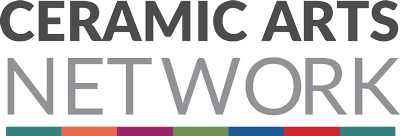-
 Throwing in Two PartsI began making pitchers in two parts around ten years ago. Initially, it was to make these large pots lighter in weight, but I quickly discovered it also allows for discoveries of forms that would be
Throwing in Two PartsI began making pitchers in two parts around ten years ago. Initially, it was to make these large pots lighter in weight, but I quickly discovered it also allows for discoveries of forms that would be -
 In the Studio: Risk and RewardMaking sets is an intriguing challenge that can lead to a wealth of artistic reward. Sets often involve multiple pieces relating specifically to each other and functioning together as a whole. There’s
In the Studio: Risk and RewardMaking sets is an intriguing challenge that can lead to a wealth of artistic reward. Sets often involve multiple pieces relating specifically to each other and functioning together as a whole. There’s -
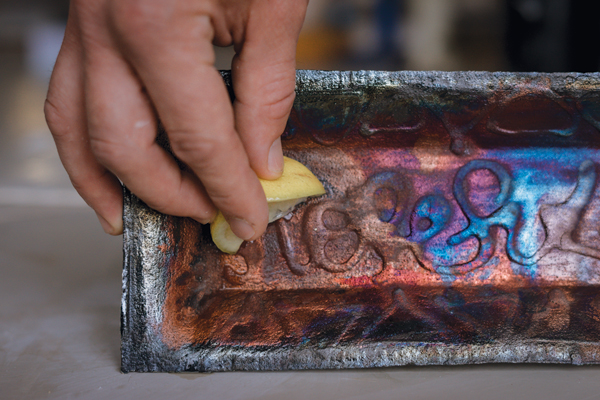 In the Studio: Testing DurabilityIf you’re a maker of functional ware to be used with food or drink, it’s important to test the durability of your product. While laboratories exist that will perform a battery of durability tests for
In the Studio: Testing DurabilityIf you’re a maker of functional ware to be used with food or drink, it’s important to test the durability of your product. While laboratories exist that will perform a battery of durability tests for -
 Editor's Note: Clay CliquesHaving just returned from the NCECA (National Council on Education for the Ceramic Arts) conference in Minneapolis, I’m reminded that the clay community is a collection of many small groups.
Editor's Note: Clay CliquesHaving just returned from the NCECA (National Council on Education for the Ceramic Arts) conference in Minneapolis, I’m reminded that the clay community is a collection of many small groups. -
 In the Studio: Cone Pack CollectiveCreating requires a combination of solitude as well as breaks from the isolation. A desire to feel connected while working independently during the long winter months of the northern plains brought fo
In the Studio: Cone Pack CollectiveCreating requires a combination of solitude as well as breaks from the isolation. A desire to feel connected while working independently during the long winter months of the northern plains brought fo -
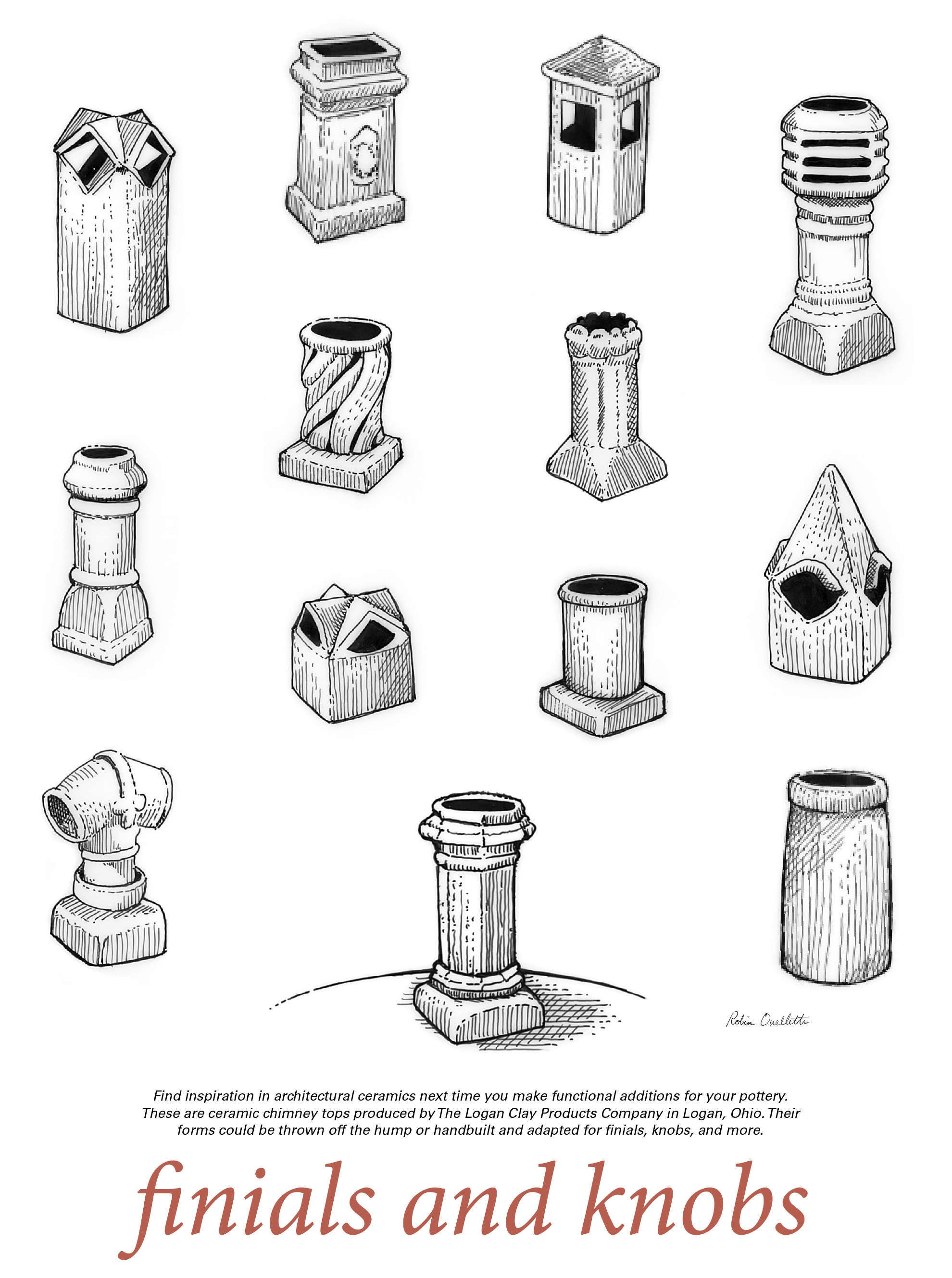 Pottery Illustrated: Finials and KnobsFind inspiration in architectural ceramics next time you make functional additions for your pottery. These are ceramic chimney tops produced by The Logan Clay Products Company in Logan, Ohio.
Pottery Illustrated: Finials and KnobsFind inspiration in architectural ceramics next time you make functional additions for your pottery. These are ceramic chimney tops produced by The Logan Clay Products Company in Logan, Ohio. -
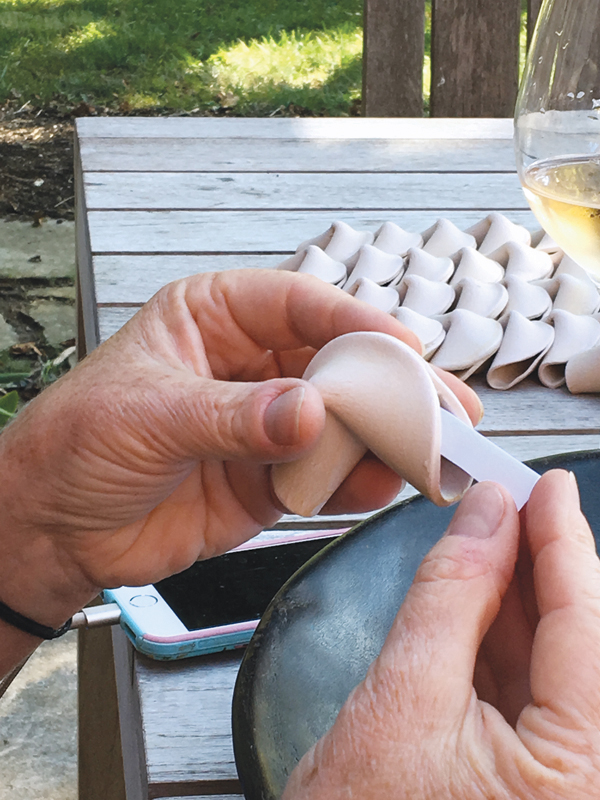 In the Potter's Kitchen: Food for ThoughtsI’m a collector of quotes, many of which uplift, inspire, and remind me of my humanity. Over the years working in clay, I also have toyed with the idea of making ceramic fortune cookies. For this year
In the Potter's Kitchen: Food for ThoughtsI’m a collector of quotes, many of which uplift, inspire, and remind me of my humanity. Over the years working in clay, I also have toyed with the idea of making ceramic fortune cookies. For this year -
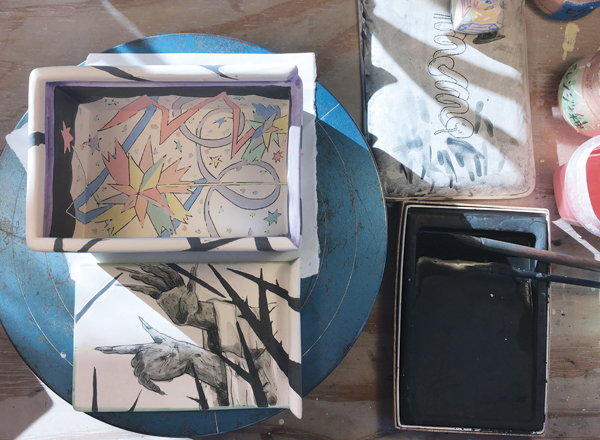 Storytelling Slide BoxesWhen I make functional work, I consider the positions of everyday use—stacking cups to store on a shelf, drying plates sideways on a rack, showing the bottom of a mug when you drink, etc. My interest
Storytelling Slide BoxesWhen I make functional work, I consider the positions of everyday use—stacking cups to store on a shelf, drying plates sideways on a rack, showing the bottom of a mug when you drink, etc. My interest -
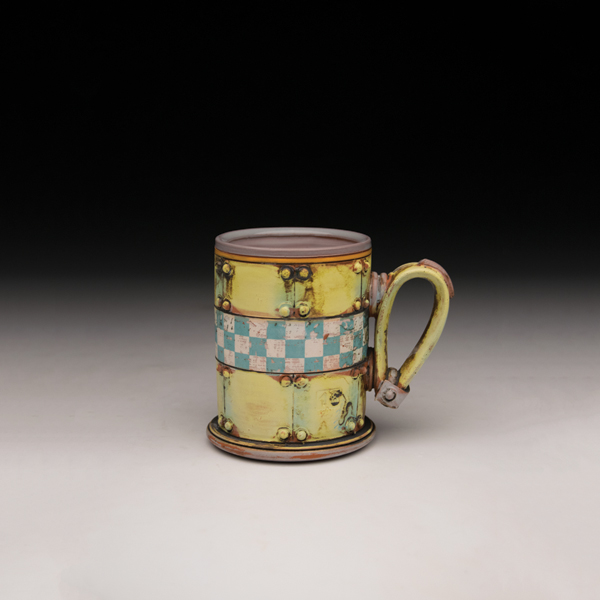 Tangible FictionI’ve always been fascinated with the tangible realities of history and the boundless fantasy of science fiction. In my work I attempt to create objects that live in that fictionalized universe where t
Tangible FictionI’ve always been fascinated with the tangible realities of history and the boundless fantasy of science fiction. In my work I attempt to create objects that live in that fictionalized universe where t -
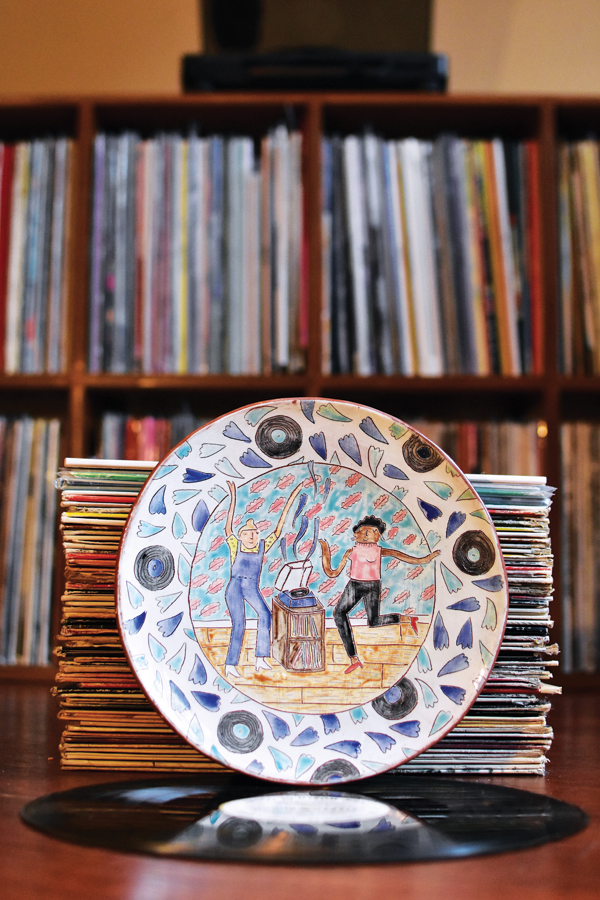 An Unexpected CanvasHandbuilt ceramic objects are an exciting and often unexpected canvas for drawings. Imagery on functional ceramics can have a life that imagery on paper lacks. The narrative can exist in the home, und
An Unexpected CanvasHandbuilt ceramic objects are an exciting and often unexpected canvas for drawings. Imagery on functional ceramics can have a life that imagery on paper lacks. The narrative can exist in the home, und -
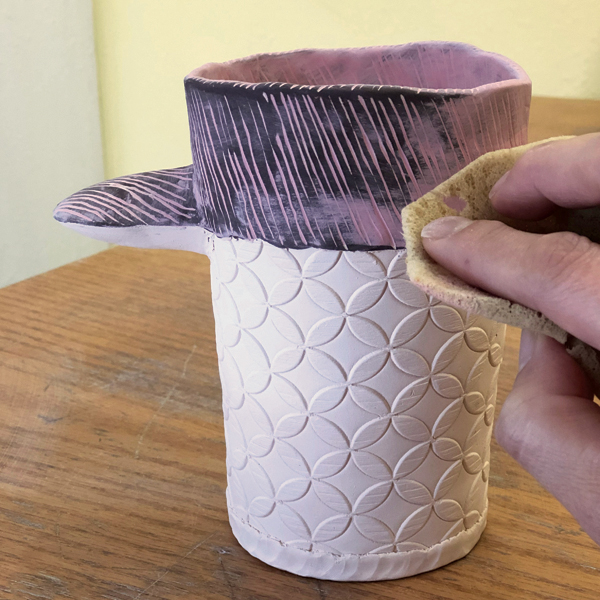 Creating Subtlety and ComplexityI strive in my work for clarity, subtlety, and complexity layered with a bit of humor, whimsy, or irony. Slab construction and coiling offer gesture and nuance. Each cup quietly leans, each thimble sl
Creating Subtlety and ComplexityI strive in my work for clarity, subtlety, and complexity layered with a bit of humor, whimsy, or irony. Slab construction and coiling offer gesture and nuance. Each cup quietly leans, each thimble sl -
 Inlaid Slip CastingAs an obsessive collector of objects, I’m constantly on the lookout for items with alluring shapes and patterns. In 2014, I found a plate at a dollar shop and was drawn to its thin strips of plastic i
Inlaid Slip CastingAs an obsessive collector of objects, I’m constantly on the lookout for items with alluring shapes and patterns. In 2014, I found a plate at a dollar shop and was drawn to its thin strips of plastic i -
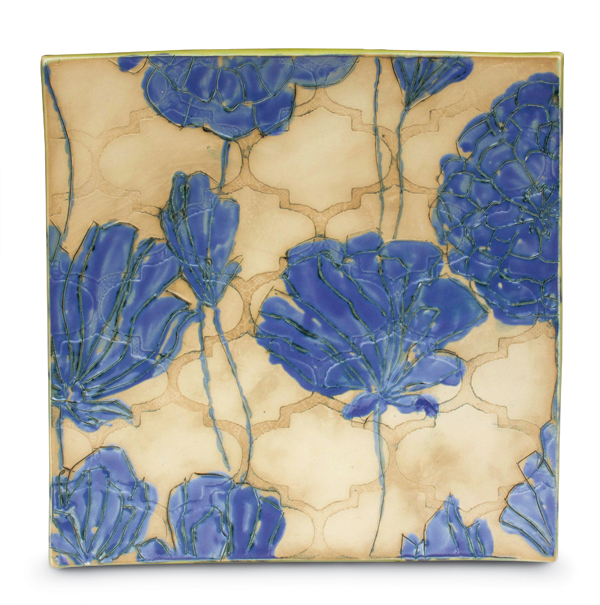 Pattern and Social MediaAs a student at Nova Scotia College of Art and Design in the 1990s, I used to photocopy design books from the library stacks—especially patterns by William Morris and his contemporaries. After leaving
Pattern and Social MediaAs a student at Nova Scotia College of Art and Design in the 1990s, I used to photocopy design books from the library stacks—especially patterns by William Morris and his contemporaries. After leaving -
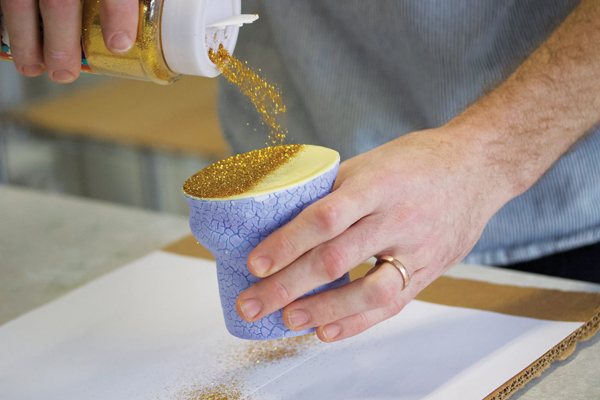 In the Studio: Cold ConnectionsPOPJCTs are my most recent body of work and investigate the materiality of objects and identity. From disparate materials, contrary textures, and incompatible forms, POPJCTs are intended to manifest h
In the Studio: Cold ConnectionsPOPJCTs are my most recent body of work and investigate the materiality of objects and identity. From disparate materials, contrary textures, and incompatible forms, POPJCTs are intended to manifest h -
 In the Studio: Know Your RightsUntil 1990, when the British comedy group Monty Python (whose work included television, film, theater, audio recordings, literature, etc.), won a lawsuit restricting the broadcast of edited programs,
In the Studio: Know Your RightsUntil 1990, when the British comedy group Monty Python (whose work included television, film, theater, audio recordings, literature, etc.), won a lawsuit restricting the broadcast of edited programs, -
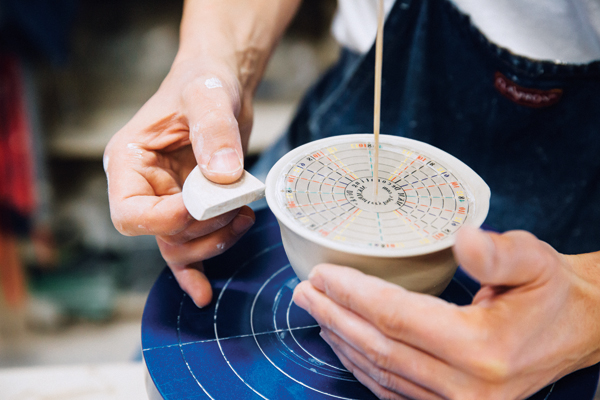 In the Studio: Tops and BottomsInspired by nature’s beauty, the organic forms in my works are an extension of what I see in my every day life. Handbuilding allows me to endlessly expand on my ideas and explore my creativity as a se
In the Studio: Tops and BottomsInspired by nature’s beauty, the organic forms in my works are an extension of what I see in my every day life. Handbuilding allows me to endlessly expand on my ideas and explore my creativity as a se -
 Editor's Note: Reader MailIn the age of digital communication and quick posting to social media, the letter to the editor has become a lost art of critical writing.
Editor's Note: Reader MailIn the age of digital communication and quick posting to social media, the letter to the editor has become a lost art of critical writing. -
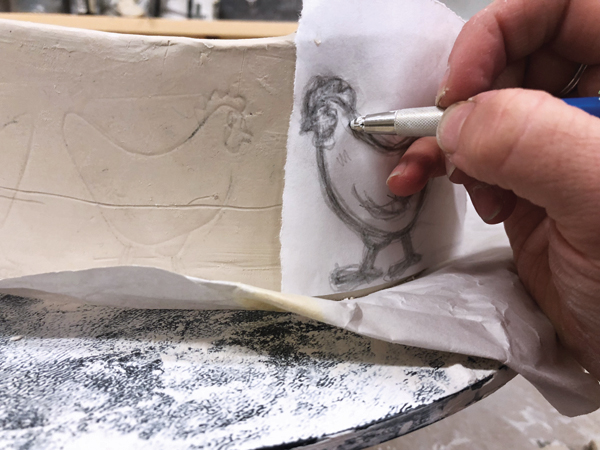 In the Potter's Kitchen: Custom CondimentsI grew up in a family of artists. One of the greatest inspirations in life was visiting my grandparents’ house filled with pottery and sculpture. Each piece, made by hand, adorned the kitchen and the
In the Potter's Kitchen: Custom CondimentsI grew up in a family of artists. One of the greatest inspirations in life was visiting my grandparents’ house filled with pottery and sculpture. Each piece, made by hand, adorned the kitchen and the -
 Pottery Illustrated: Ceramic Drawer PullsThe drawer pull can be any form or shape, as long as it's comfortable and thick enough to allow for the hardware.
Pottery Illustrated: Ceramic Drawer PullsThe drawer pull can be any form or shape, as long as it's comfortable and thick enough to allow for the hardware. -
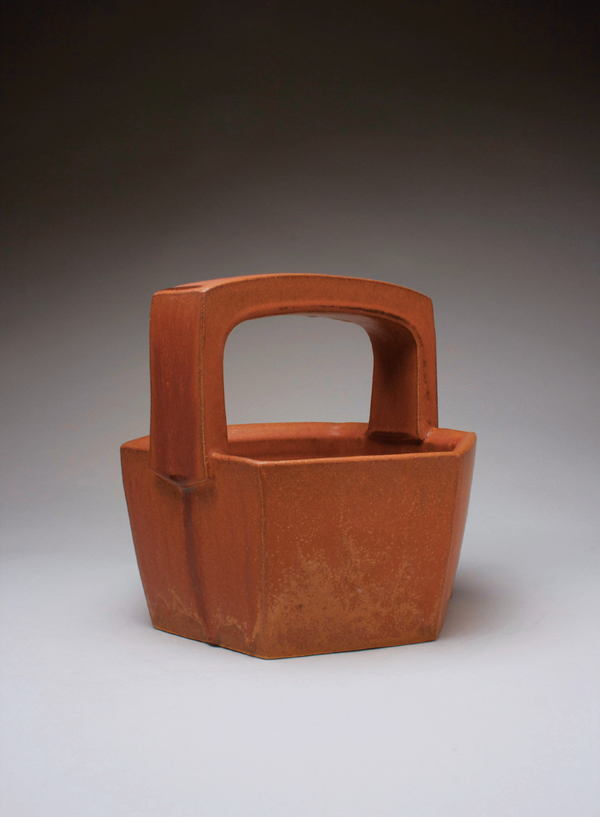 Adding an EdgeWhen planning the shape of the bottle, I often look to historical pots for inspiration while layering in my own personal interests onto the composition. Over time I’ve gravitated toward incorporating
Adding an EdgeWhen planning the shape of the bottle, I often look to historical pots for inspiration while layering in my own personal interests onto the composition. Over time I’ve gravitated toward incorporating
- «
- 21
- 22
- 23
- 24
- 25
- 26 (current)
- 27
- 28
- 29
- 30
- »
